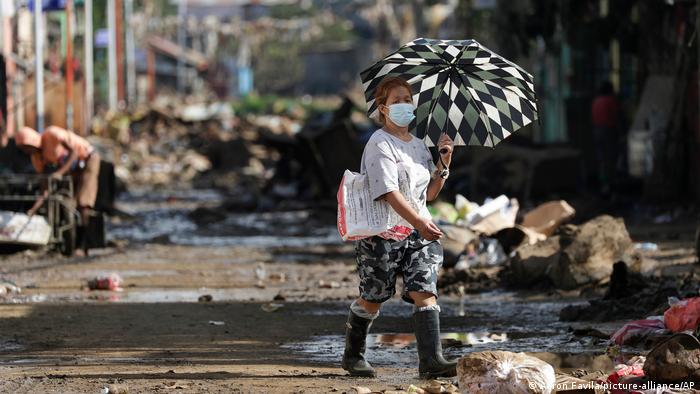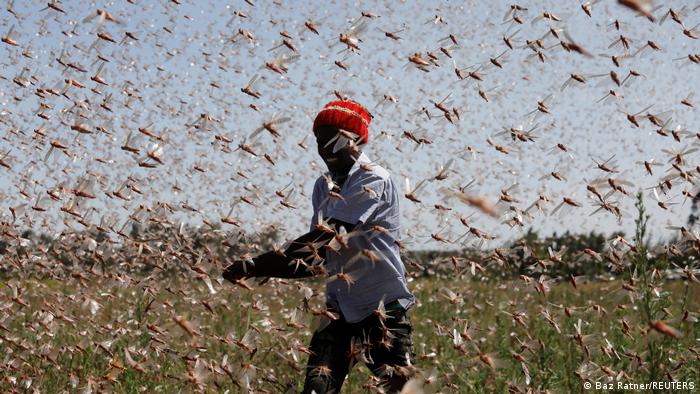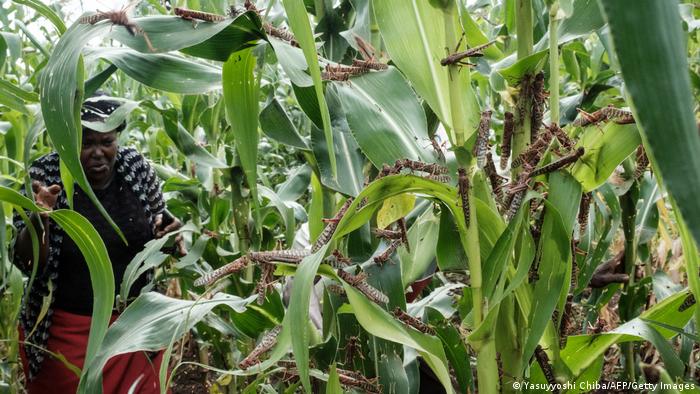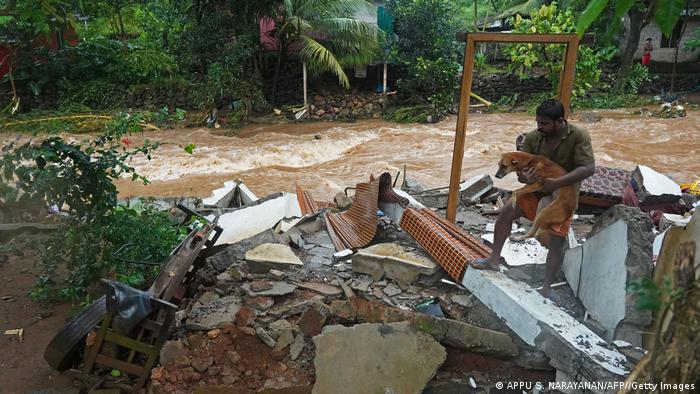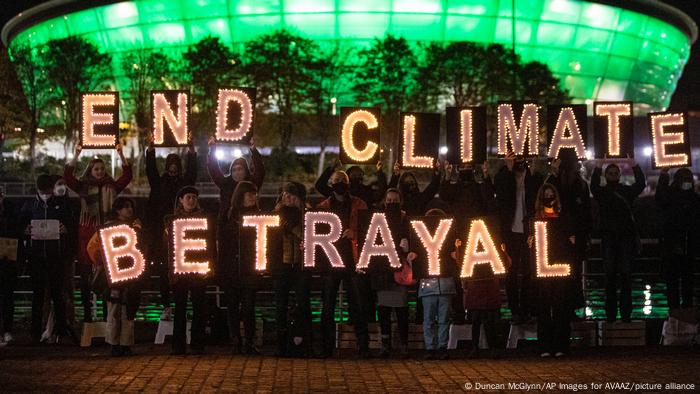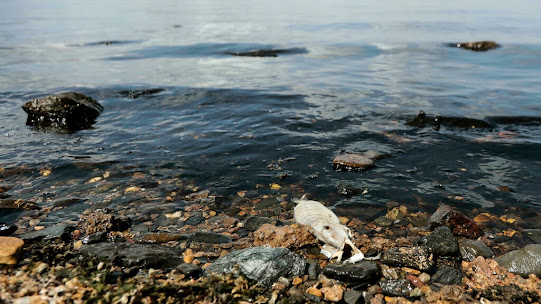KLP has stopped investing in companies with ties to nuclear and regular arms production. It's not the first time the fund has made such a move on humanitarian grounds.

Raytheon, one of the firms behind the Patriot missile launcher, is among the firms that KLP has divested from
Norway's largest pension fund said on Thursday that it has divested from 14 nuclear and regular arms-producing companies.
Oslo-based KLP said it made the decision after reviewing its ethical criteria on weapons.
"This will primarily mean companies that produce certain types of weapons which, by their nature, violate fundamental humanitarian principles,'' the fund said in a statement.
"The criterion applies mainly to nuclear weapons and cluster munitions, as well as anti-personnel mines," it said in a statement.
Which companies is KLP divesting from?
As of this month, KLP won't do business with companies including Britain's Rolls Royce Holdings PLC, Massachusetts-based Raytheon Technologies Corp. and France's Thales.
KLP is also divesting from UK-based Babcock International, China Shipbuilding Industry, Dassault Aviation, Elbit Systems, General Dynamics, KBR, L3Harris Technologies, Larsen & Toubro, Leidos Holdings, Leidos Inc and Leonardo.
Two of the companies — Elbit Systems and Leonardo — have already been excluded by KLP for other reasons.
The exclusions mean that KLP has sold shares worth just over 1 billion Norwegian crowns ($117.50 million, €101.8 million) and debt securities in the form of bonds worth about 200 million crowns, the company said.
What are KLP's new grounds for divestment?
KLP has expanded its ethical exclusion criteria to include makers of key components used for nuclear and regular arms and providers of key support services.
"Companies do not need to produce the actual weapons components themselves," Kiran Aziz, KLP's head of responsible investment, told news agency Reuters.
"We are now taking a slightly more stringent line with producers of aircraft and vessels that have been developed, produced or adapted to launch nuclear weapons."
KLP said that Rolls Royce produces components for a number of vessels capable of launching nuclear weapons. Its ethical guidelines said "production of such delivery platforms constitutes grounds for exclusion."
The fund said Raytheon Technologies Corp. develops missiles that can carry nuclear warheads and called it the world's largest producer of guided missiles. Raytheon had previously been excluded from KLP investment because it produces components for nuclear weapons and cluster munitions but was added back last year.
Thales develops and produces components for nuclear missiles. It also produces delivery platforms exclusively intended for such weapons, KLP said.
What is KLP?
KLP manages more than 300 billion kroner for municipal employees in Norway.
This is not the first time that KLP has taken steps to divest on ethical grounds. Earlier this year, the fund divested from 16 companies that operated in Israeli settlements in the occupied West Bank.
The firms appeared on a UN list of 112 companies that it said were complicit in violating the human rights of Palestinians by operating in the West Bank.
